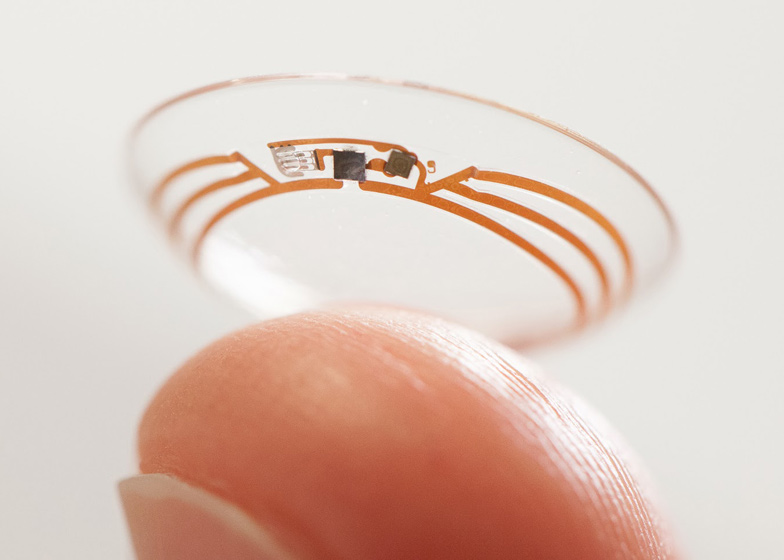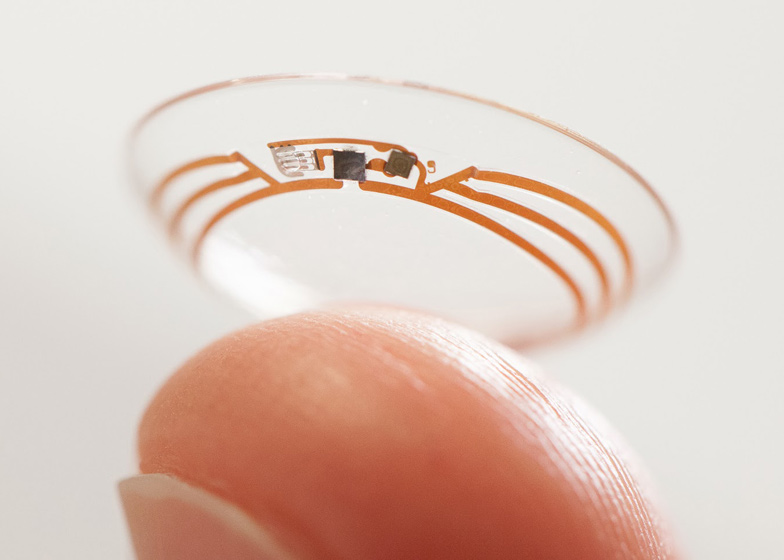Google Lens
Google teases an upcoming contact lens that could prove a breakthrough for diabetics


Long the stuff of sci-fi fantasy, bionic eyesight – the kind that might give us an in-eye fighter jet display, x-ray vision and zoom – has begun to seem vaguely possible. Flexible circuitry, remote battery charging and mind-blowing smart materials mean that the technology is surely just over the horizon – here’s to hoping a second generation of Google’s hopelessly dorky-looking Glass might be a set of contact lenses… In any case, the real start of the bionic contact lens may be more benign and less Bond: Google is making strides with a contact lens that will test glucose levels in diabetes patients
The lens, which could eventually include tiny LEDs for warning when sugars reach dangerous levels, will generate readings once a second. In theory, the lens will also be able to able to communicate with a proprietary smartphone/tablet app that patients can refer to for preventative measures and healthcare providers can monitor for long-term trends.
With the blockbuster release of Spike Jonze’s ‘Her’ and Dave Eggers’ ‘The Circle’ over the past few months, there’s been plenty of talk about human-technology singularity as of late. And it will doubtless be interesting to see the next wave of innovations combining self-quant with smart sensors, especially since gene mapping service 23andMe was hobbled by the FDA. On the Feed recently we’ve seen Kolibree, a simple app for tracking dental hygiene habits, Fuseproject’s Kernel of Life in addition to loads of others inside the latest, health-centric issue of the Protein Journal.



Discussion